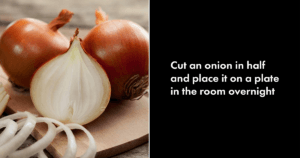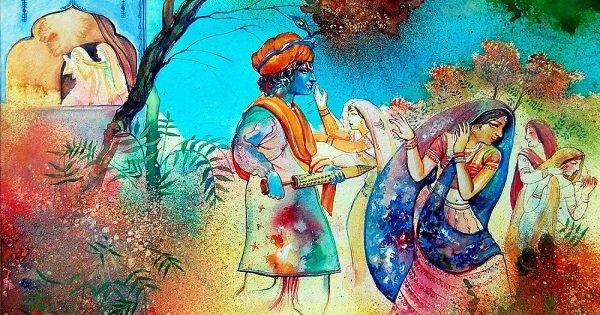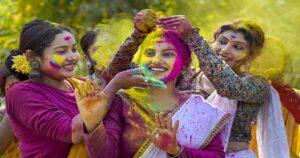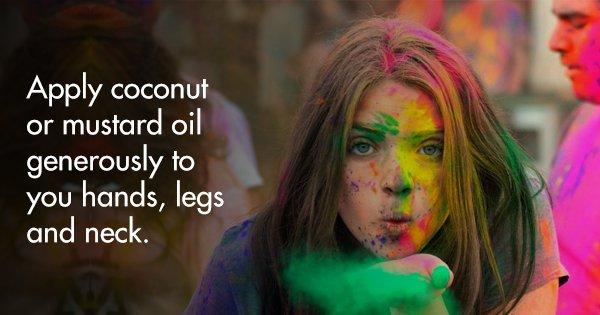For most of us, the greatest childhood memories related to Dussehra were burning the effigies of demon king Ravana. Watching all the fireworks go off, always gave a sense of satisfaction, perhaps the feeling that good ultimately triumphs over evil, which is the underlying spirit of the festival.
I don’t know how many of you have been involved in making small Ravana effigies in your localities, but I’m sure, most of you do not know, what goes into the making of those big effigies that are burnt in big grounds. So, this Dussehra, we thought, we’d just give you an idea of how those huge effigies are made.
On AboutReligion, photographer Ajay Rawat takes us through the steps as some workers in Delhi build a huge Ravana:
1. Cane and bamboo are used to create the skeleton of the effigy.
2. The skeleton is covered using lots of paper, cardboard and glue to make the skin.
3. Then the painting of the effigies begins. They are generally painted in bright colours to make them attractive.
4. The huge faces are then given further decorative details and facial features are added.
5. These Ravana heads are now ready to be placed on their tall effigies that are filled with gunpowder and firecrackers.
6. And then on the evening of Dussehra, the Ravana’s effigy is burnt down along with those of his brother, Kumbhakarana, and his son, Indrajit.
Happy Dussehra to all our readers! We hope you all have a great time!

















